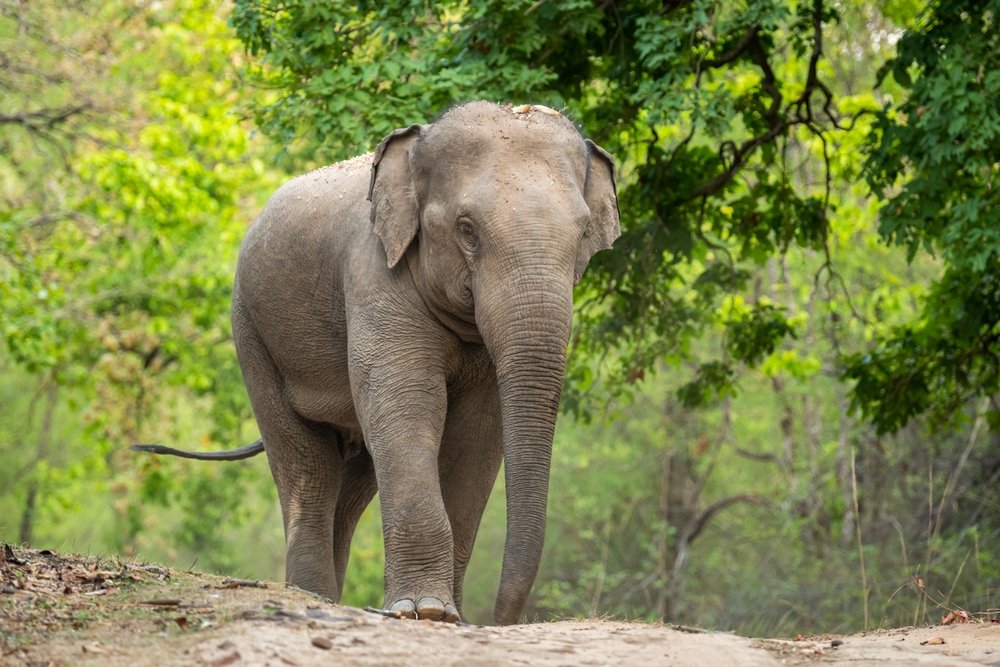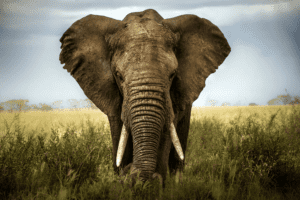Have you ever wondered that How Many Asian Elephants Are Left In World? The Asian Elephant is an endangered species of elephant that is native to the Indian subcontinent and Southeast Asia. The population of Asian elephants has seen a drastic decline in recent decades due to various factors, including habitat loss, poaching, and human-elephant conflict.
According to the World Wildlife Fund (WWF), There may be fewer than 50,000 in the wild, with about 30,000 in India and 6,000 in Sri Lanka. Asian elephants also roam parts of Southeast Asia, including Myanmar, Thailand, Cambodia, and Laos. This number is a significant decrease from an estimated population of 100,000 just a century ago.
Table of Contents
What Is The Current Population Trend Of Asian Elephants?
The current population trend of Asian elephants is unfortunately on the decline. Despite conservation efforts, their numbers continue to decrease due to various threats.
According to the International Union for Conservation of Nature (IUCN), the overall population of Asian elephants has decreased by at least 50% over the past three generations (60-75 years). This trend is expected to continue if urgent action is not taken to protect this species.
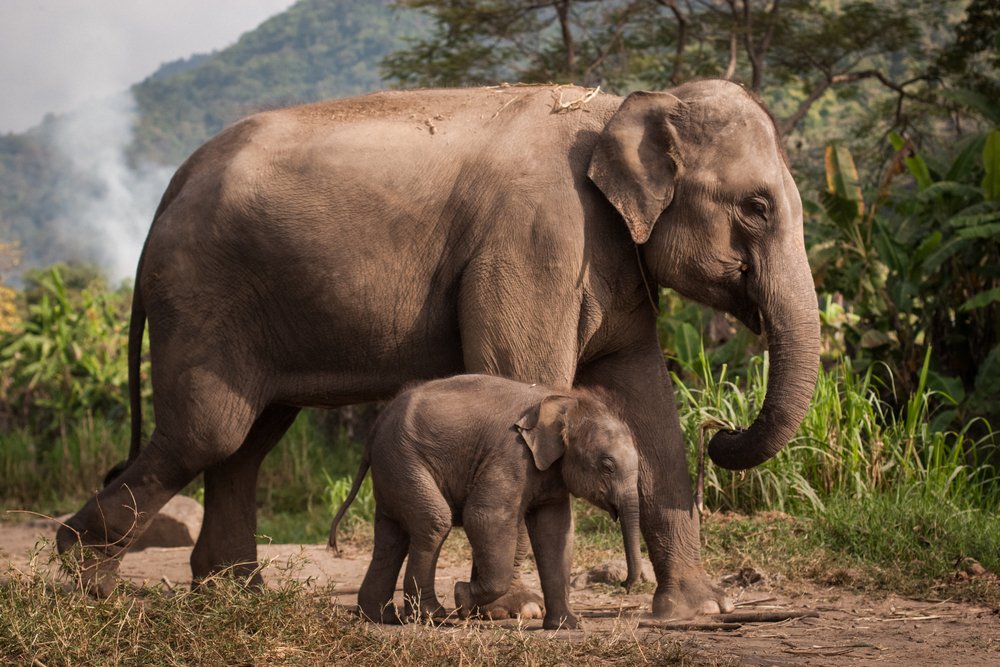
How Many Asian Elephants Were left 100 Years Ago?
It is estimated that there were around 100,000 Asian elephants left in the wild a century ago. This number has seen a drastic decrease due to various threats faced by these majestic creatures.
One of the major reasons for this decline is habitat loss. The rapid expansion of human settlements and agriculture has resulted in the destruction and fragmentation of elephant habitats. This not only limits their access to food and water but also increases human-elephant conflict.
Now In 2023, How Many Asian Elephants Are Left In World?
Asian elephant numbers have dropped by at least 50% over the last three generations, and they’re still in decline today. With only 40,000-50,000 left in the wild, the species is classified as endangered.

What Is The Ecology And Behavior Of Asian Elephants?
Asian elephants are highly social and intelligent animals, living in herds led by a matriarch. They have a complex communication system, using vocalizations, touch, and body language to communicate with each other.
These elephants play an important role in shaping the ecosystems they live in. They act as “ecosystem engineers,” creating and maintaining habitats for many other species. Their diet consists of a variety of plants and fruits, making them important seed dispersers.
However, the shrinking of their natural habitats has led to increased competition for resources, resulting in conflicts with humans. This often leads to human-elephant conflict, where both humans and elephants suffer casualties.
What Are The Main Threats To Asian Elephants?
One of the main threats facing Asian elephants is habitat loss and fragmentation. As human populations expand, natural habitats are being converted into agricultural land, settlements, and infrastructure development. This reduces the available space for elephants to roam and find food and water sources.
Population Of Asian Elephants Decline By Poaching
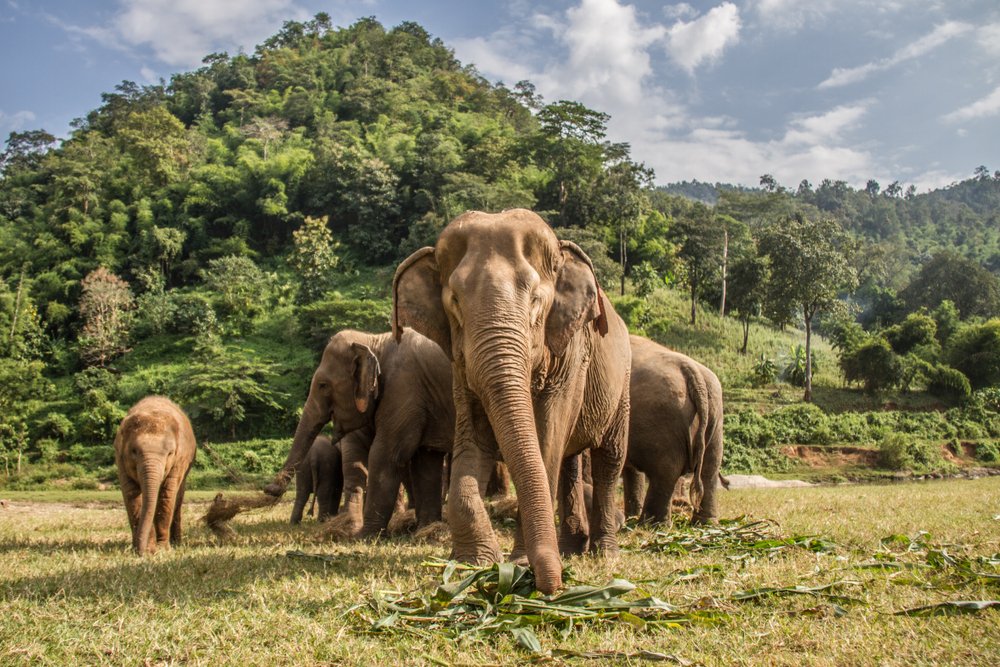
Poaching is another major threat to the Asian elephant population. These animals are highly valued for their ivory tusks, which are used in traditional Chinese medicine and for ornamental purposes. Despite being illegal, poaching continues to be a significant problem in many parts of Asia, especially in countries like Myanmar and Thailand.
Population Decline By Deforestation
Deforestation is another significant factor contributing to the decline in Asian elephant populations. The conversion of forests and grasslands into agricultural land or urban areas has resulted in the loss of essential elephant habitats. Furthermore, deforestation also disrupts their migratory routes, making it difficult for them to find food and water.
Human-Elephant Conflict
As human populations continue to grow and expand, the conflict between humans and elephants has also increased. Elephants are often seen as pests by farmers due to crop damage, leading to retaliation killings. The loss of habitat also forces elephants to venture into human settlements in search of food, resulting in injuries or fatalities on both sides.
How The Asian Elephant’s Population Decline?
The decline in the Asian elephant population can be attributed to various reasons, including deforestation and human encroachment on their natural habitats. As their habitats shrink, these magnificent creatures are forced into smaller and more fragmented areas with limited access to food and water. This can lead to malnutrition and disease, ultimately impacting their breeding success and overall survival.
Who Is The Natural Predators Of Asian Elephants?
Unlike African elephants, Asian elephants do not have any natural predators in the wild. However, they are occasionally hunted by tigers and other big cats. In areas where human-elephant conflict is high, there have been reports of retaliation killings by humans as well.
What Are The Conservation Efforts For Asian Elephants?
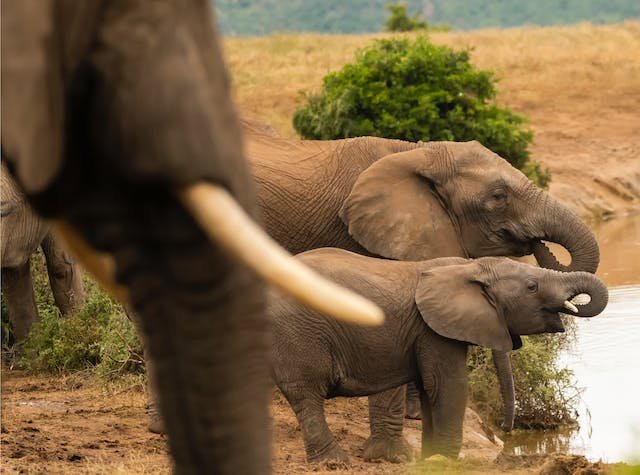
To protect the remaining Asian elephant population, conservation efforts have been implemented by governments, NGOs, and local communities. These efforts include creating protected areas, implementing anti-poaching measures, and promoting sustainable land-use practices. Additionally, education and awareness programs are being conducted to educate people on the importance of protecting these magnificent creatures.
What Can We Do To Help Asian Elephants?
As individuals, we can also contribute to the conservation of Asian elephants by supporting organizations that work towards their protection. We can also make conscious choices to avoid products made from elephant ivory and educate others about the issue.
Apart from financial support, we can also volunteer our time and efforts in activities such as habitat restoration and education programs. By working together, we can help ensure a better future for these magnificent creatures and prevent them from disappearing from our planet. Additionally, we can also take action in our daily lives to reduce our impact on the environment, such as reducing our carbon footprint and minimizing plastic waste.
Final Thoughts
The decline of Asian elephant populations is a significant concern for conservationists worldwide. The current population numbers show that urgent action needs to be taken to protect these animals from extinction. With continued conservation efforts, we can hopefully ensure a brighter future for the Asian elephant, one of the world’s most iconic and beloved species.
Read Also: Why Do Elephants Flap Their Ears?

